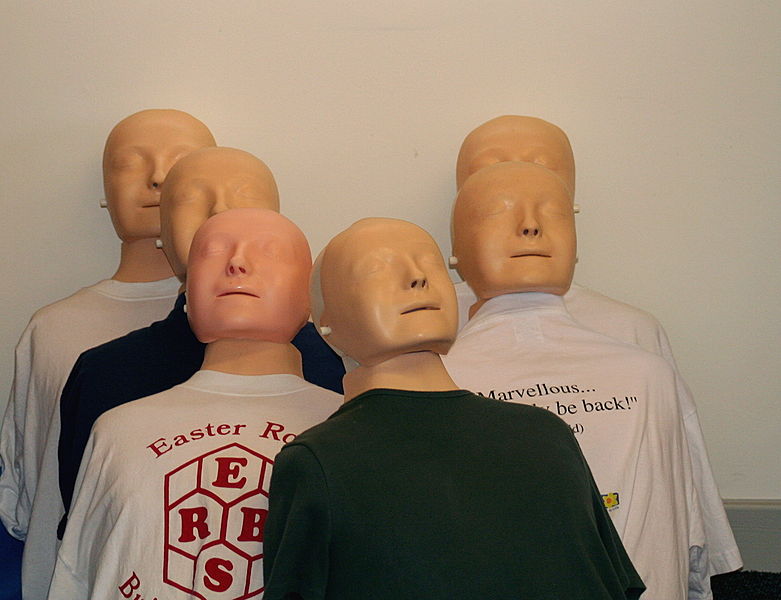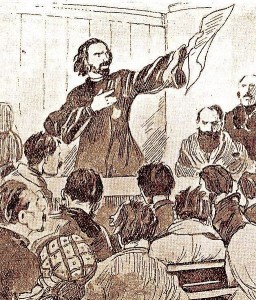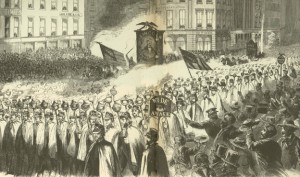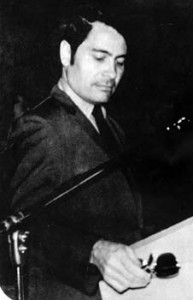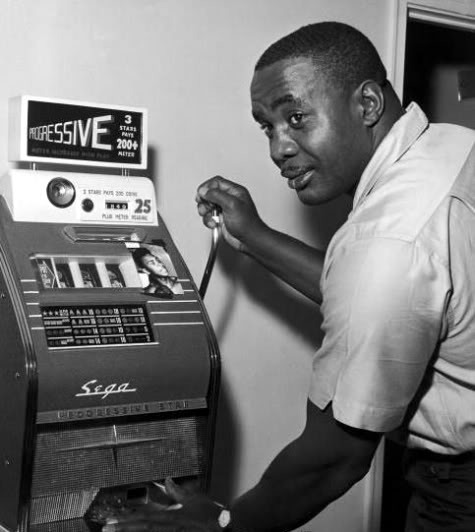I had a phone conversation a few years back with the film critic Neal Gabler. I can’t remember what it was about, but I thought he was a really bright and nice guy. I disagree with a lot of “The Elusive Big Idea,’‘ his op-ed piece in yeaterday’s Sunday Times, but I think it’s a must read. The thing is, I agree with his basic premise that much of American culture is mired in rigid orthodoxy and regressing, but I don’t necessarily believe that there’s a paucity of big ideas or that the Internet is damaging our ability to hatch them.
It’s true that it doesn’t make any sense that we seem to be getting smarter and dumber all at once, given the free flow of information available to us all thanks to the Internet. I understand that the disparity between haves and have-nots in regards to financial wealth; that has to do with an alliance of monied interests and venal politicians. But there’s no excuse for such a divide in terms of ideas and imagination, even though there does seem to be one. That said, I don’t think the fault lies in technology like Gabler does, but in ourselves. The Internet may have exacerbated cultural amnesia and exploded egos, but it’s also leveled the playing field like nothing else since the printing press and been a huge gain for knowledge-sharing. There has probably never been a time in our history with more ideas circulating, and I think the troubling incivility and close-mindedness we see may be a reaction to that by people threatened by too many ideas, not too few. An excerpt from his essay:
 “It is no secret, especially here in America, that we live in a post-Enlightenment age in which rationality, science, evidence, logical argument and debate have lost the battle in many sectors, and perhaps even in society generally, to superstition, faith, opinion and orthodoxy. While we continue to make giant technological advances, we may be the first generation to have turned back the epochal clock — to have gone backward intellectually from advanced modes of thinking into old modes of belief. But post-Enlightenment and post-idea, while related, are not exactly the same.
“It is no secret, especially here in America, that we live in a post-Enlightenment age in which rationality, science, evidence, logical argument and debate have lost the battle in many sectors, and perhaps even in society generally, to superstition, faith, opinion and orthodoxy. While we continue to make giant technological advances, we may be the first generation to have turned back the epochal clock — to have gone backward intellectually from advanced modes of thinking into old modes of belief. But post-Enlightenment and post-idea, while related, are not exactly the same.
Post-Enlightenment refers to a style of thinking that no longer deploys the techniques of rational thought. Post-idea refers to thinking that is no longer done, regardless of the style.
The post-idea world has been a long time coming, and many factors have contributed to it. There is the retreat in universities from the real world, and an encouragement of and reward for the narrowest specialization rather than for daring — for tending potted plants rather than planting forests.
There is the eclipse of the public intellectual in the general media by the pundit who substitutes outrageousness for thoughtfulness, and the concomitant decline of the essay in general-interest magazines. And there is the rise of an increasingly visual culture, especially among the young — a form in which ideas are more difficult to express.
But these factors, which began decades ago, were more likely harbingers of an approaching post-idea world than the chief causes of it. The real cause may be information itself. It may seem counterintuitive that at a time when we know more than we have ever known, we think about it less.
We live in the much vaunted Age of Information. Courtesy of the Internet, we seem to have immediate access to anything that anyone could ever want to know. We are certainly the most informed generation in history, at least quantitatively. There are trillions upon trillions of bytes out there in the ether — so much to gather and to think about.”


